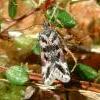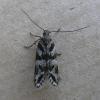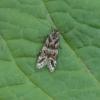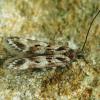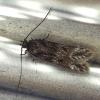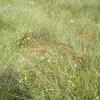35.089 Prolita sexpunctella (Fabricius, 1794)
Status and Distribution
Local to very local; can occasionally be present in numbers at some sites. Found in Wales, northern England and Scotland; rare in Ireland. Details relating to a record from the Isle of Man are unknown.
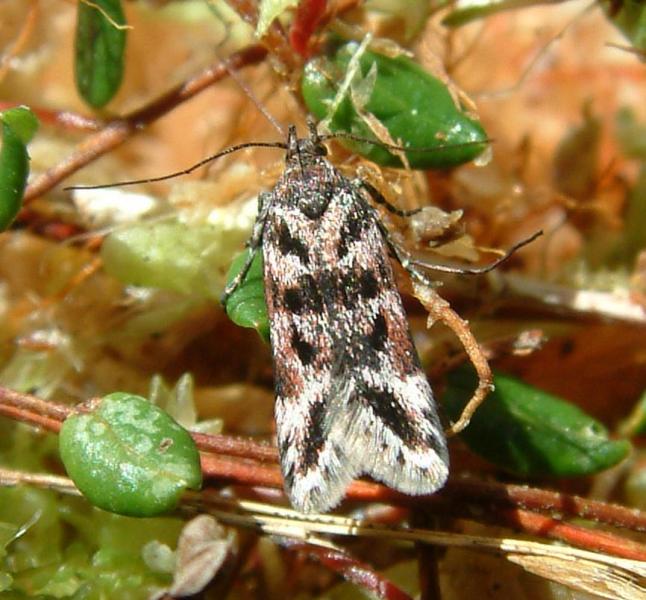
Provisional map
Foodplant and Larval Feeding Signs
Calluna vulgaris (heather), see plant distribution map. Once noted as bred from Vaccinium vitis-idaea (cowberry) in Shropshire from larva found on 7 April 1996, pupated 10 April 1996 and emerged 3 May 1996 (The Smaller moths of Shropshire p.69, G. Blunt 2014) [it should be noted that the date is given incorrectly as 7.6.1996 in this book]. In Europe also found on Erica cinerea (bell heather), Dryas octopetala (mountain avens) and possibly a wider range of foodplants.
In spun leaves.
Habitat
Finding the Moth
Larva: spins the leaves of heather.
Adult: flies in warm sunny conditions amongst the foodplant and over burnt patches where heather is regenerating, as well as in dry rocky areas in short vegetation. Rarely attracted to light in suitable habitat in small numbers.
Similar Species
Some smaller examples of Prolita solutella (which ranges from 16-21mm - P. sexpunctella is 13-17mm), with the forewings light grey and with black fasciae, are superficially similar to P. sexpunctella. The species can be separated by the presence of a whitish distal area on each segment of the abdomen in P. sexpunctella, absent in P. solutella.
Single brooded from May to mid-June and occasionally into early July.
Earliest: 1st May 1997 (VC42)
Latest: 15th July 1993 (VC48)

